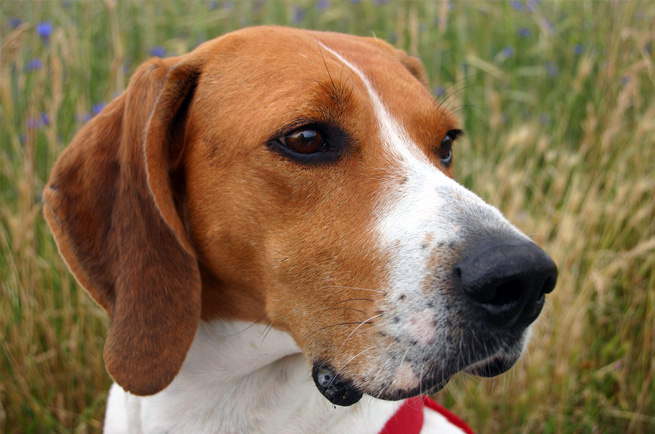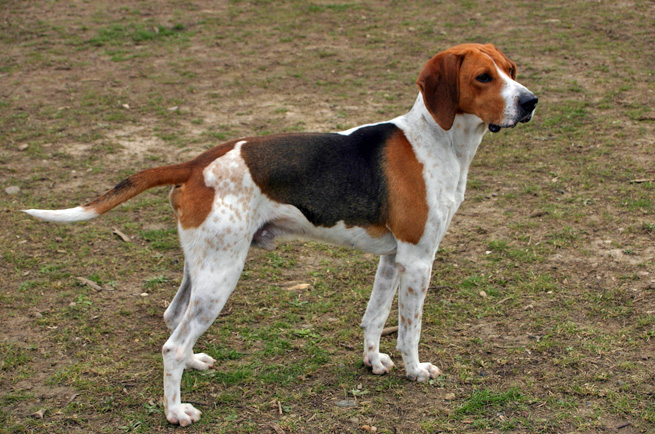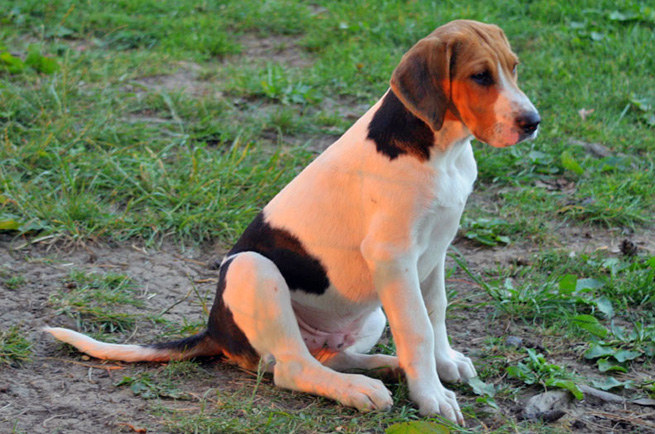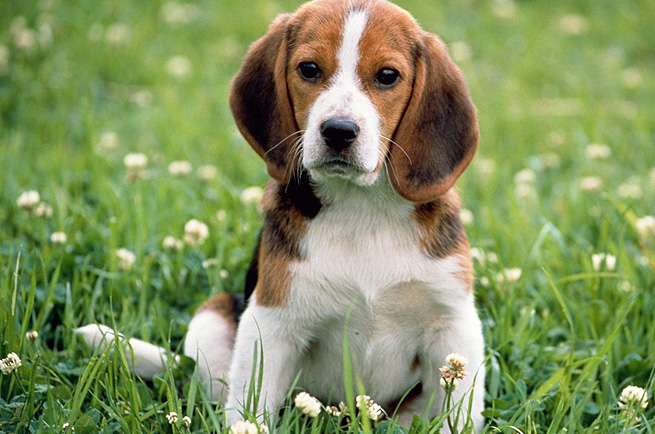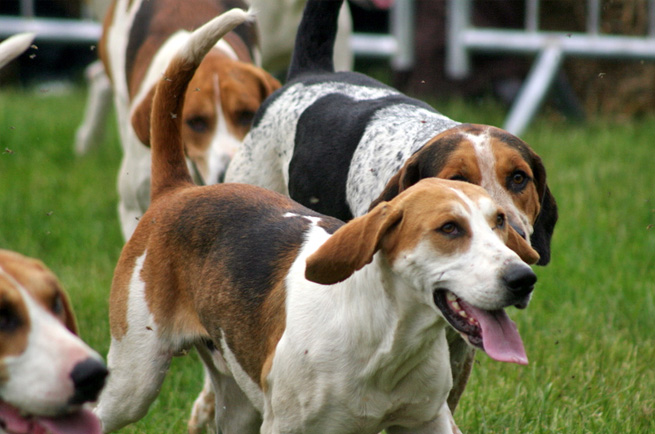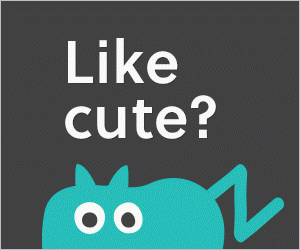Harrier Hound
Speed, smell and energy are the holy trinity of the Harrier Hound. A hardy hunting hound with a strong jaw that levels a pretty mean bite to its prey (assuming you're hoping to go hunting with your hunting dog). The Harrier Hound is a solid dog, its large bones and muscular body means that it's built for strength and stamina. If you look closely, you'll notice that the Harrier Hound is actually slightly longer than it is tall, adding to the appearance of strength. Their tails are medium in length and carried high, making them ideal for wagging when they welcome you home. The Harrier Hound usually has brown or hazel, a broad head with a strong square muzzle, and a wide black nose.
Comes in a variety of colours. Take your pick from lemon-yellow & white, red & white, or white & tan. Occasionally the colouring on their back is completely black.
10-12 years
Harrier Hounds are not picky eaters and as a result can quickly resemble something off Weight Watchers. It's not really their fault, their deep chests mean they're prone to bloating so it's best to only feed them dry food once or twice a day.
comments powered by Disqus

